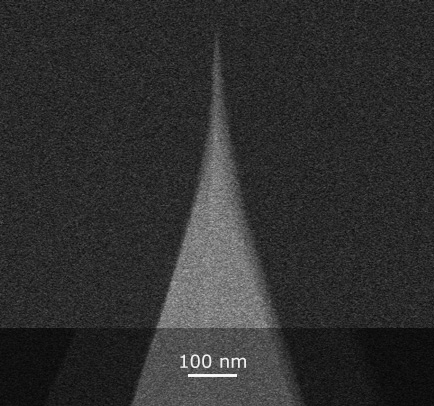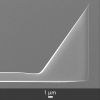
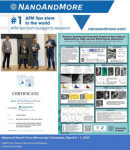
NanoAndMore Europe proudly sponsored the “Best #AFM Picture Prize”Tue Mar 14 2023


Albert Einstein, 14 March 1879Tue Mar 14 2023
"Learn from yesterday, live for today, hope for tomorrow. The important thing is not to stop questioning." Albert Einstein, 14 March 1879 – ∞
#AFMProbes #AtomicForceMicroscopy #AlbertEinstein

Last exhibition day at APS Physics March.Fri Mar 10 2023


オリンパス製カンチレバーの国内販売を開始しましたWed Mar 08 2023
株式会社NanoAndMoreジャパンはオリンパス社と代理店契約を結び、オリンパス社製カンチレバー販売を行う国内代理店となりました。オリンパス製カンチレバーを弊社からもお買い求めいただけます。 さらに豊富なラインナップでお客様の多彩なご要望にお応えします。

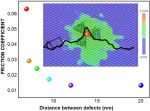
AFM cantilevers HQ:CSC38/Al BS with nom. C=0.03N/m used in a studyTue Mar 07 2023


Meet NanoWorld® at APS March 2023 in Las VegasTue Mar 07 2023

NanoAndMore USA booth no. 629 is all set up and ready to welcome you at APS PhysicsTue Mar 07 2023

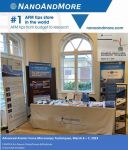
NanoAndMore Europe is travelling againMon Mar 06 2023

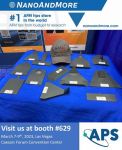
Let’s meet up at NanoAndMore booth # 629 at APS PhysicsFri Mar 03 2023

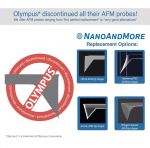
Olympus discontinued all their AFM probes in September 2022Tue Feb 28 2023

Last exhibition day at the Annual Biophysical Society Meeting 2023Tue Feb 21 2023

Second exibition day at the 67th Annual Biophysical Society Meeting 2023Mon Feb 20 2023

67th Annual Biophysical SocietyMeeting 2023Sun Feb 19 2023

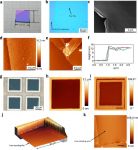
Tap150Al-G soft tapping mode AFM probes used in a studyThu Feb 16 2023
Large-area self-standing covalent crystalline films in a liquid-liquid interfacial synthesis approach studied with our Tap150Al-G soft tapping mode AFM probes.

MikroMasch® HQ:NSC19/No Al AFM tips used in a studyMon Feb 13 2023

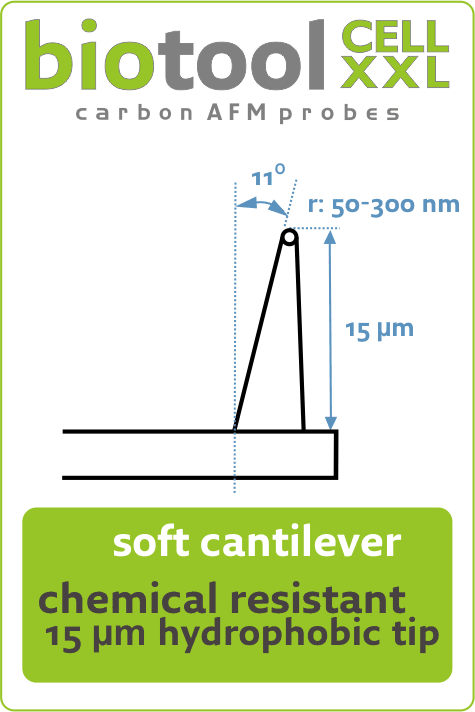
Mechanobiology of Living Fibroblasts and Breast Cancer CellsThu Feb 02 2023
- Title: 3D nanomechanical mapping of subcellular and sub-nuclear structures of living cells by multi-harmonic AFM with long-tip microcantilevers
- Authors: Efremov, Yuri M., Suter, Daniel M., Timashev, Peter S., Raman, Arvind
- Publication: Scientific Reports
- Publisher: Springer Nature
- Date: Jan 11, 2022


Happy New Lunar Year of the Rabbit!Sat Jan 21 2023
NANOSENSORS™ AFM probes wishes you all a happy, healthy and successful new lunar year of the rabbit.

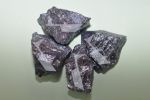
Expertise and creativity!Thu Jan 19 2023
Within every piece of silicon crystal lies hidden an AFM probe. We have the right tools, expertise and creativity to carve it.
#AFMProbes #AtomicForceMicroscopy

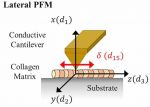
OPUS 3XC-GG AFM probes used in a recent studyMon Jan 16 2023



